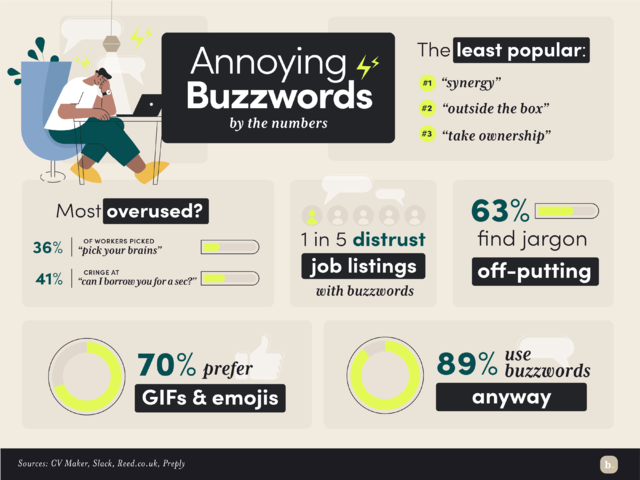In 2021, none of the 15 most valuable American tech companies generated positive returns. By late 2022, Meta shed $600 billion in market cap, and Amazon became the first company to lose $1 trillion in market value. Over 200,000 tech workers lost their jobs in the past year; let’s hope crypto investing wasn’t their only backup plan, because that crashed too.
It feels like the end of the unicorn model, which has typically been: float on investor warchests, integrate your product on a massive scale, and sell it at a loss. And then? Who knows! (That’s a problem for investors post-IPO.)
Down to Earth is the way up
Technology will keep evolving, as it always does — AI has made huge leaps recently — and disruptive small businesses will thrive. But they’ll need a plan, not just vibes.
“Once-great companies will have to face the reality that they can no longer afford to light money on fire chasing profits that do not exist,” analysts at MoffettNathanson concluded with regard to the streaming space. “For some, this simply means a new age of rationalization.”
Similarly, in its 2023 outlook, JPMorgan Chase describes “key opportunities” for tech’s slimming down, which include:
- A hiring and operating discipline
- A focus on profits and cash flow
- A responsible leaning into new growth drivers
We’ve seen this slim-down already in social media. While giants Twitter and Facebook have struggled to attract and keep users, smaller community-oriented platforms such as Discord, Telegram, and Mastodon have surged. Incidentally, Mark Zuckerberg has demanded a “year of efficiency” at Meta.
This isn’t the first tech bubble to burst and it probably won’t be the last — but for now, when it comes to unicorns with seemingly impossible valuations, it’s worth looking a gift horse in the mouth.






